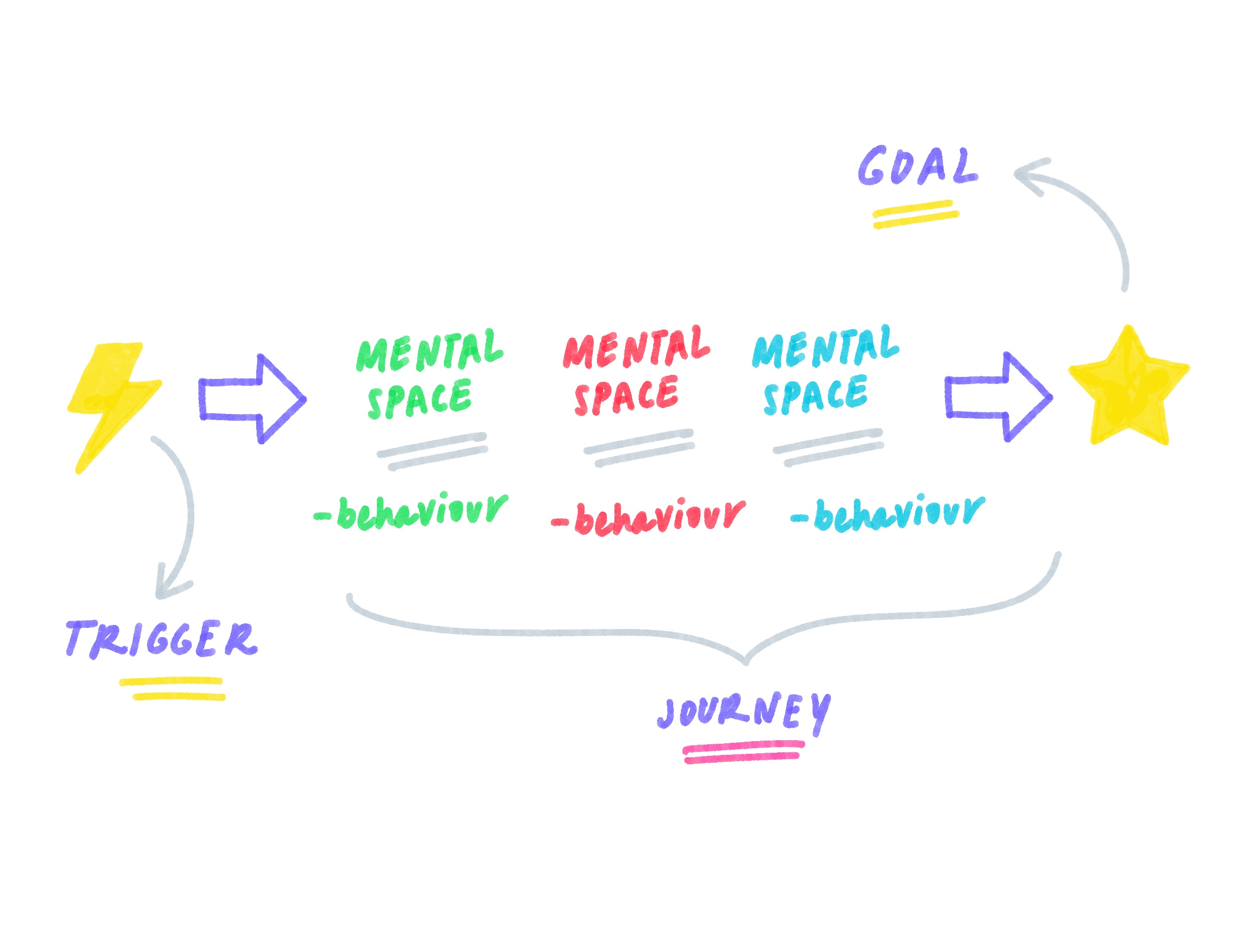In the product development domain, the user-centred design (UCD) approach has gained significant interest by encouraging the prioritisation of user needs and experiences throughout the design process. Recognising the importance of aligning products and services with user expectations has become vital, as it not only enhances user satisfaction but also contributes to the overall success of the end product. However, implementing a UCD approach can present challenges if your budget is constrained and requires thoughtful navigation.
Innovative solutions like working with Fruto can offer a streamlined avenue for organisations to integrate user-centric principles without compromising their budget.
Understanding user-centred design
To effectively manage the trade-off between implementing UCD and your budget, it can be beneficial to understand what UCD means. UCD is an approach within product development that emphasises - identifying, comprehending and addressing the needs and perceptions of your end-users.
Core principles
User empathy: Understand and empathise with users to gain insights into their needs, goals, and challenges, designing with these in mind.
User involvement: Involve users in the design process through research and feedback to consider their perspective.
Iterative design: Continuous improvement of designs based on user feedback.
Usability: Prioritise product usability to make it easy for users to accomplish tasks.
Accessibility: Design with inclusivity in mind, including diverse abilities and needs.
Consistency: Maintain consistency in design elements to create a cohesive experience.
User research: Conduct user research to uncover user behaviours and pain points.
User testing: Use prototypes to gather early feedback directly from users.
Great examples of companies that already implement UCD strategies include Apple and Google, which prioritise user interactions and incorporate user feedback into their designs. This process creates seamless products and appeals to their target demographics which promotes customer loyalty.

Challenges of budget constraints
Budget constraints can lead to compromises in the design process, particularly in areas where user interaction is crucial. In relation to user-centred design, some of these challenges include:
Limited research: Restriction of in-depth user research limits insights into user needs which could result in creating the incorrect product or website.
Reduced testing: Few testing rounds can result in a less refined project and teams are less likely to identify early flaws within a product or website.
Accessibility impact: Specialised elements like catering to accessibility needs will be deprioritised and parts of the interface may be inaccessible to specific user groups.
Cost vs Experience balance: Risk of prioritising cost over investing in a user-centric design which can lead to designing experiences that don’t resonate with the end user.
What does that mean for your business?
In the short term, businesses may experience reduced user satisfaction, negative reviews, and decreased competitive edge. A lack of user-centricity in the long term may lead to declining customer loyalty, increased customer turnover and a poor brand reputation. Investing in UCD is not just a nice to have but essential with ‘88% of online consumers less likely to return to your site after a bad experience’
How can you mitigate budget challenges?
Allocate resources for research, testing and design early in the project.
During user testing, reach out to users rather than sourcing participants through a recruiter.
Utilise cost-effective tools such as open-source resources where possible.
Encourage collaboration across teams to address design issues more quickly.
Strategic scope management can help prioritise features contributing to the best user experience.
How can Fruto help your business?
Fruto offers a cost-effective approach to UCD, helping businesses overcome budgetary constraints by providing tools and methodologies that encourage meaningful user engagement without compromising the quality of the design process. This dual-benefit approach ensures that customer expectations, as well as your strategic objectives, are met.
Linking to the design process
Discovery stage
To identify and understand the individual needs of the target audience.
Ensuring that the product/solution meets user expectations.
Prototyping and iteration
We can help you develop a high-quality end product that directly benefits your users from drawing on the discovery stage.
User testing
Validation of our solutions by ensuring they align with your target users’ preferences.
Gaining direct feedback from your target user demographic and applying it to the end product.
We go beyond traditional outlooks, offering valuable resources like mentorship and advice that don't require substantial funding. Offerings such as this allow you to gain our expertise and transfer the learnings into your working approach.
Conclusion
When adopting a user-centred approach on a budget, the most efficient strategies involve planning and prioritising of resources within your workflow. Optimising budget allocation and operating under an efficient, user-centric strategy act as key steps to encouraging your products' success.
Working alongside Fruto remains affordable yet effective with the results extending beyond immediate savings and translating into long-term gains. Whilst we strive to help in any way we can, being on a budget can also help us inspire creative ways to solve issues.
We invite businesses such as yourself to get in touch with us, explore our services, and embark on a user-centric journey that optimises both your budget and business outcomes.




